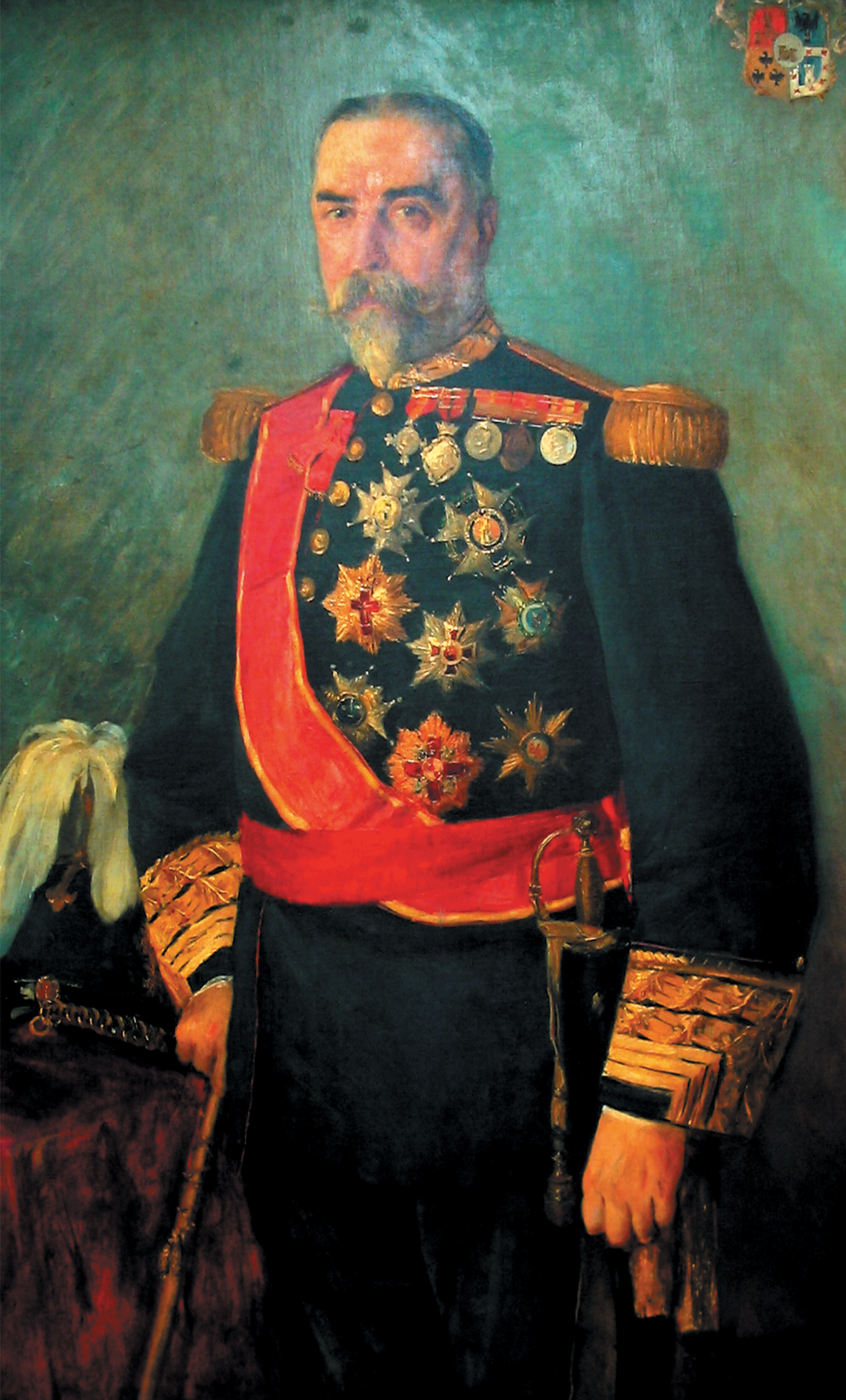Filipino painter Juan Luna was once the toast of Europe's art scene, and his ideas helped spark the Philippine Revolution
This feature story was originally titled as The Painter & The Revolution, and was published in the June 2005 issue of Tatler Philippines.
The year was 1884, a glorious one for the Filipino intellectuals living in Madrid. Painters Juan Luna and Felix Resurreccion Hidalgo both bagged major prizes at the renowned Madrid Art Expansion and their countrymen were jumping with joy. Hidalgo won a silver medal (13 were awarded that year) for his work Christian Virgins Exposed to the Populace where Juan Luna bagged the gold (one of three awarded that year) for Spoliarium, his colossal masterpiece named after the area in Roman amphitheatres where fallen gladiators named were stripped of their armour and weapons and then prepared for burial.
To the Filipinos in Madrid at that time, the twin victories were enough cause to celebrate; and more so because a Filipino had won a top prize in the grand exposition. Noted Spanish artists Antonio Muñoz Degrain and Jose Moreno Cabonero ranked second and third, respectively. Incidentally, Degrain is best remembered as the art instructor of Pablo Picasso.

Aside from the medals, the exposition also awards a Prize of Honor to the best work; and the Spoliarium would have been the clear winner since it had already received the top prize. Unfortunately, the jury decided not to give such an award that year. According to the book Juan Luna, The Filipino As Painter by Santiago Pilar, many suspected that the reason why the Prize of Honor was not given was because it would have automatically put an Indio above two well-known Spanish artists. At that time, the idea of a colonial subject beating its colonizer was unheard of. But then again, the Prize of Honor was also a rare distinction, one that was not bestowed every year; so it could be that too much was read into the apparent "snub".








